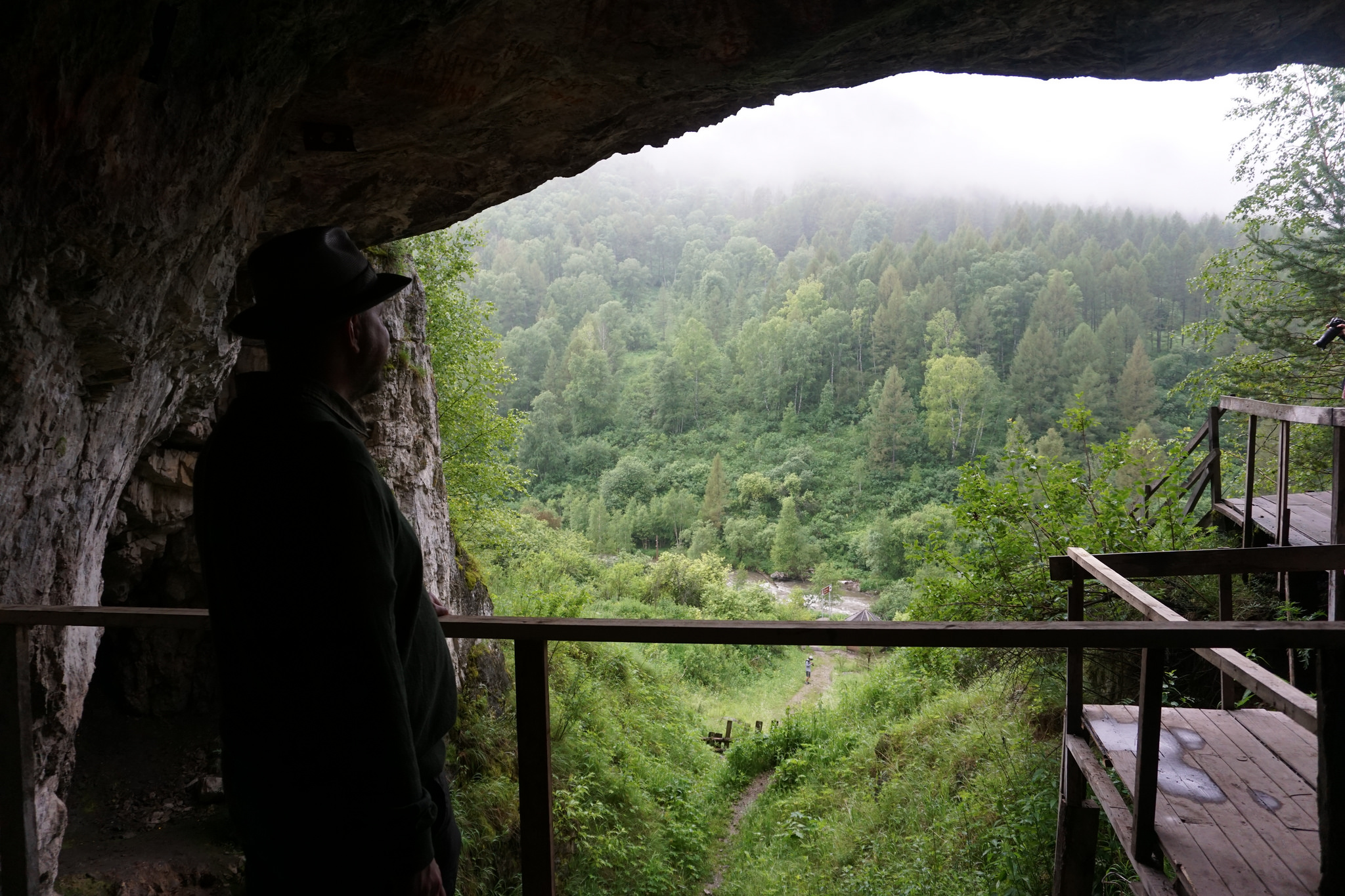At various points in the last 300,000 years, Denisova Cave has sheltered three different species of hominins. But with fossils from only eight individuals—four Denisovans, three Neanderthals, and the daughter of a Neanderthal/Denisovan pairing—it’s hard to tell a detailed story about when each species lived in the cave. According to a recent genetic study, however, the Denisovans were the first, arriving around 250,000 years ago. And they may still have been there when the first members of our species arrived around 45,000 years ago.
That timeline is the result of a recent study of mitochondrial DNA (genetic material passed directly from mother to child) mixed into the deep layers of sediment covering the cave floor. The fragments of ancient DNA probably came from a mixture of feces, decomposing remains, and shed skin and hair that ended up mixed with the dirt of the cave floor, according to archaeologist Elena Zavala of the Max Planck Institute for Evolutionary Anthropology, lead author of the study.
"We know that DNA can bind to the minerals found in the sediments and we have also seen microfossils when examining the sediments under a microscope," she told Ars in an email. "Future studies linking specific elements of the sediment to DNA preservation will help increase our understanding of this process."
Zavala and her colleagues sampled sediment from every layer of the cave, in all three chambers, at 10-15 centimeter intervals. Then they isolated the sequences of mitochondrial DNA from hominins and other mammal species, like mammoths, bears, and hyenas. To identify which hominin each of the 175 hominin mtDNA samples belonged to, they compared the fragments of DNA to specific parts of the genome that differ among Denisovans, Neanderthals, and us.
New hominins on the block
In a sediment layer that began piling up on the cave floor 250,000 ago, they found the earliest traces of Denisovan mtDNA. That's substantially older than the earliest Denisovan fossil from the cave, which dated to between 194,000 and 123,000 years ago. The earliest Neanderthals showed up in the cave sometime before 170,000 years ago, and for about 40,000 years, the two hominin groups seem to have shared the cave more or less. It’s hard to say for sure, because the layers of sediment only break time down into chunks of several thousand years. That means archaeologists can’t say whether the two species were roommates or whether they alternated possession of the cave every few years, decades, or centuries.


 Loading comments...
Loading comments...
